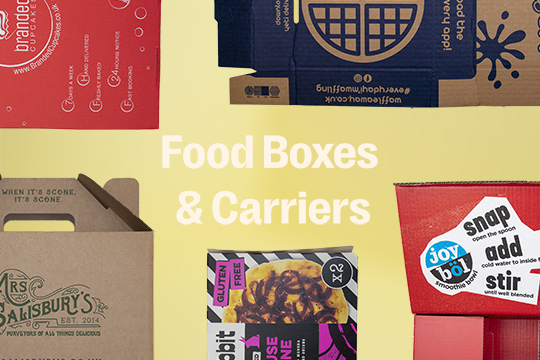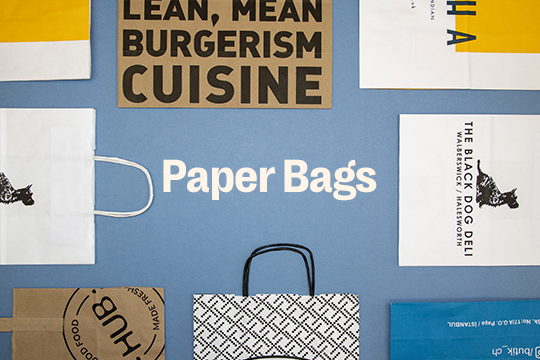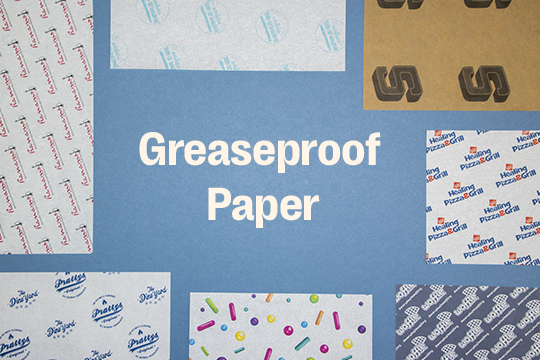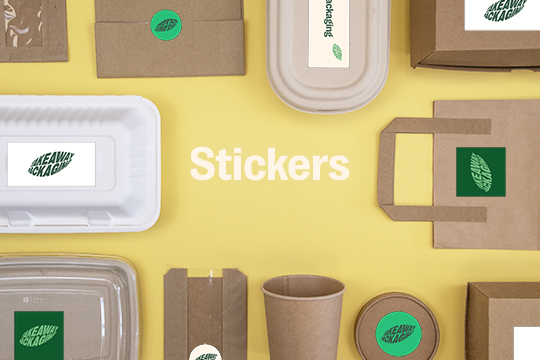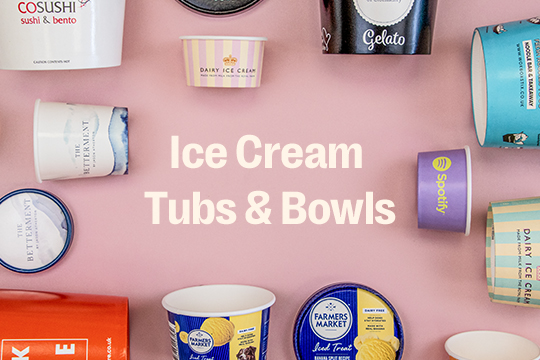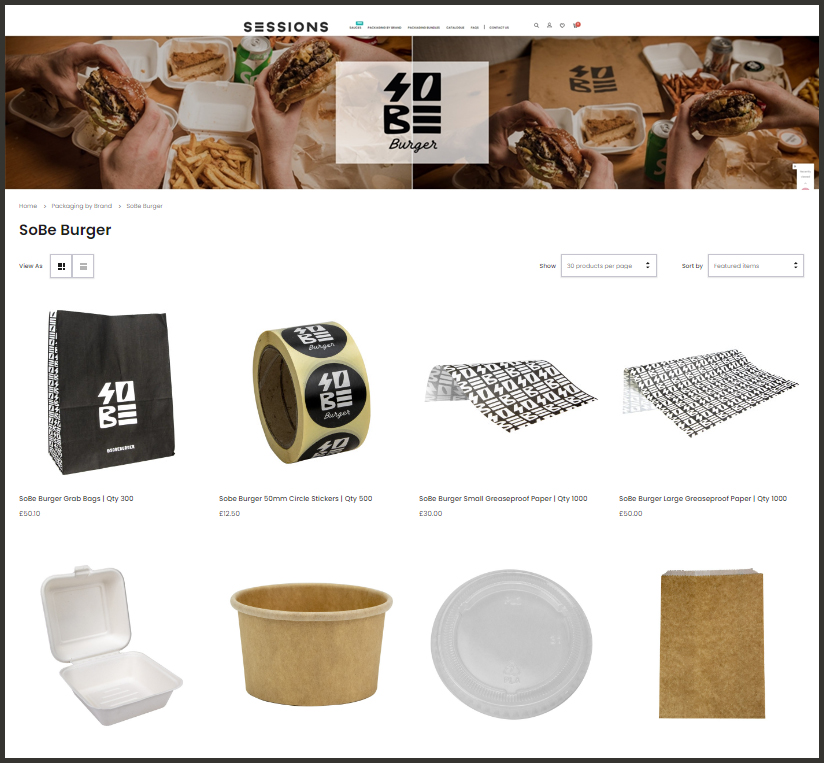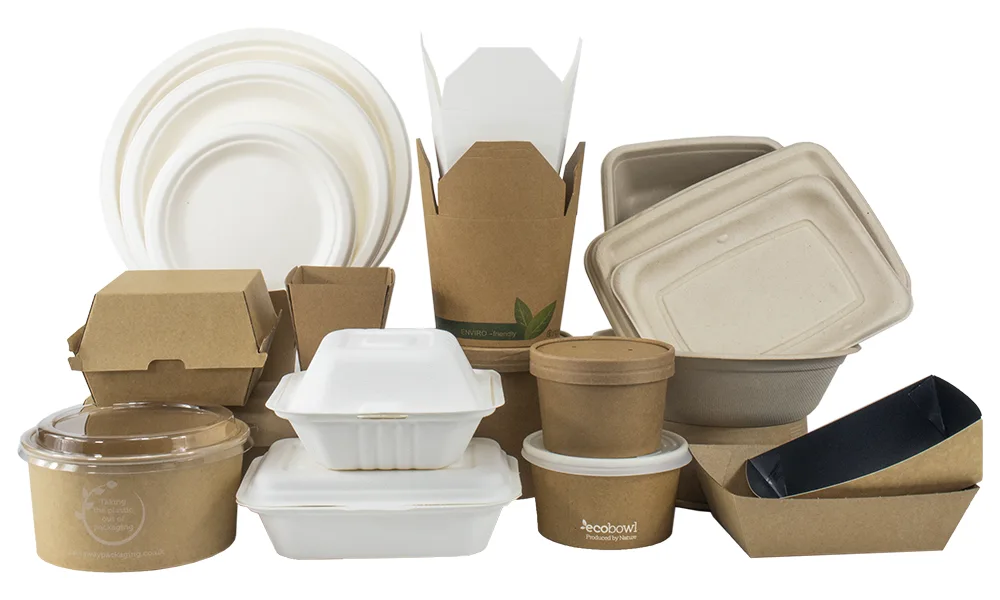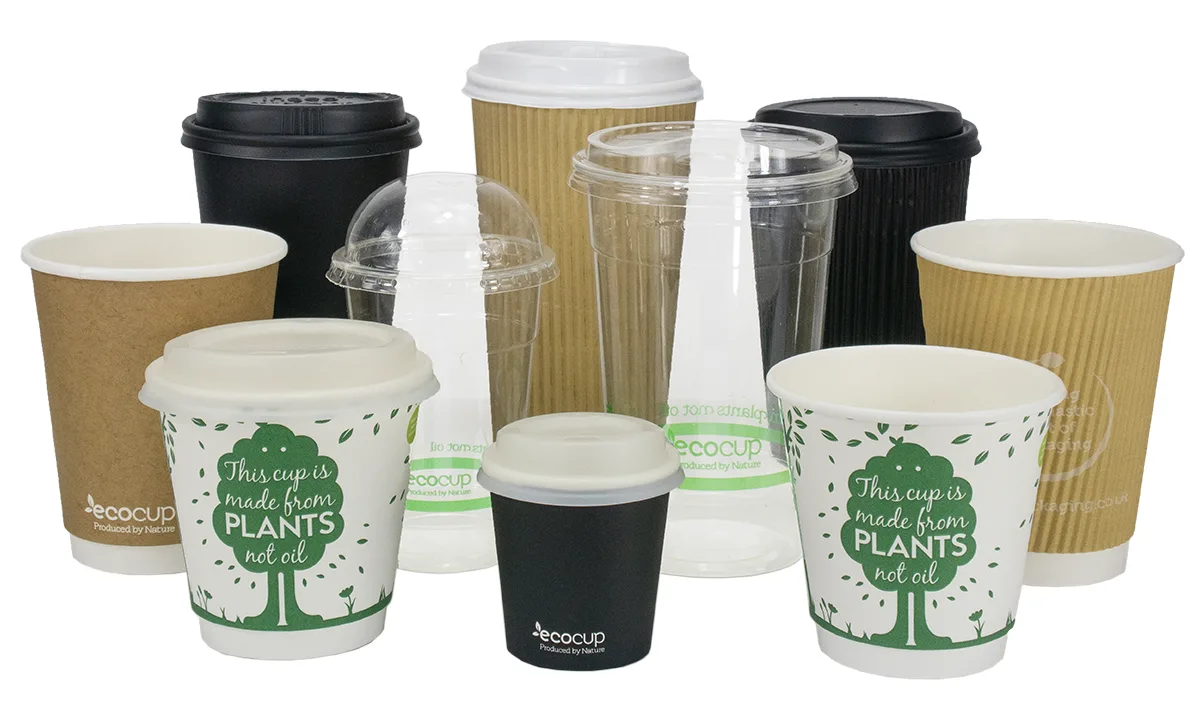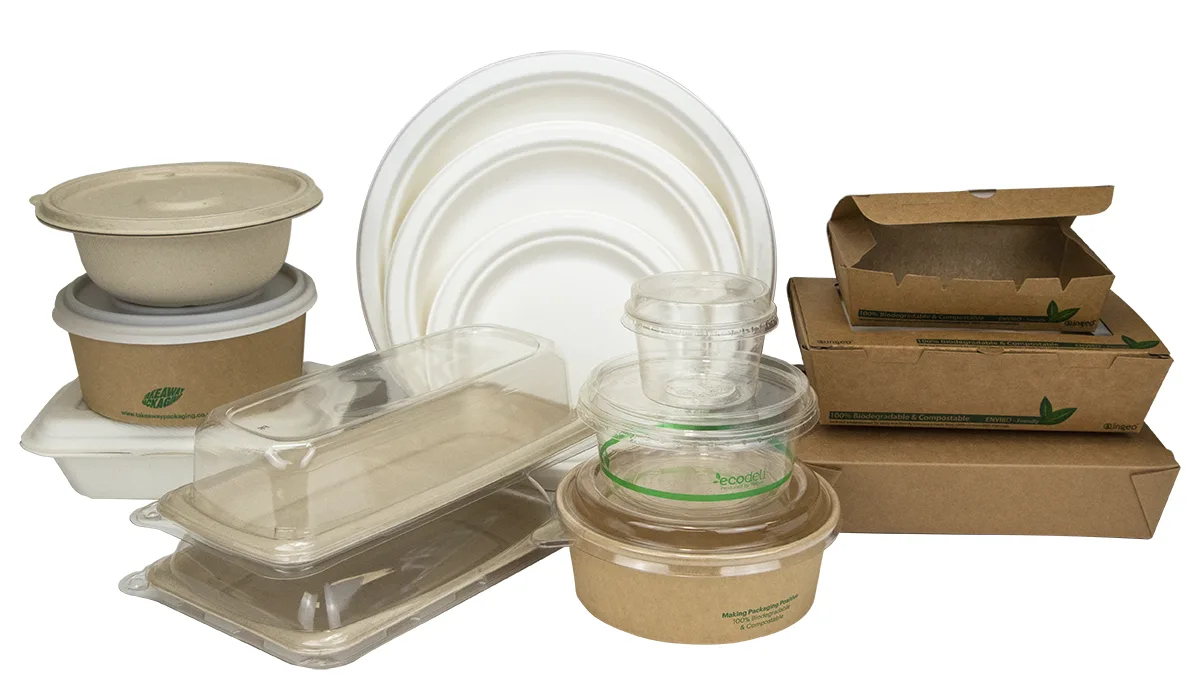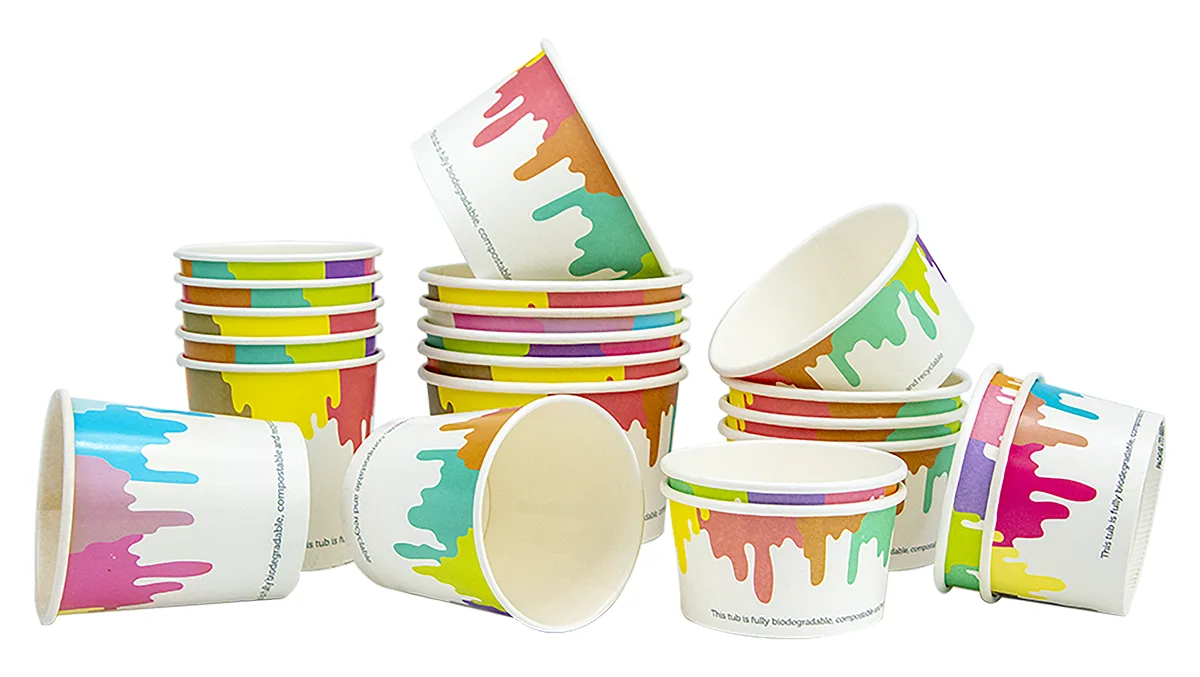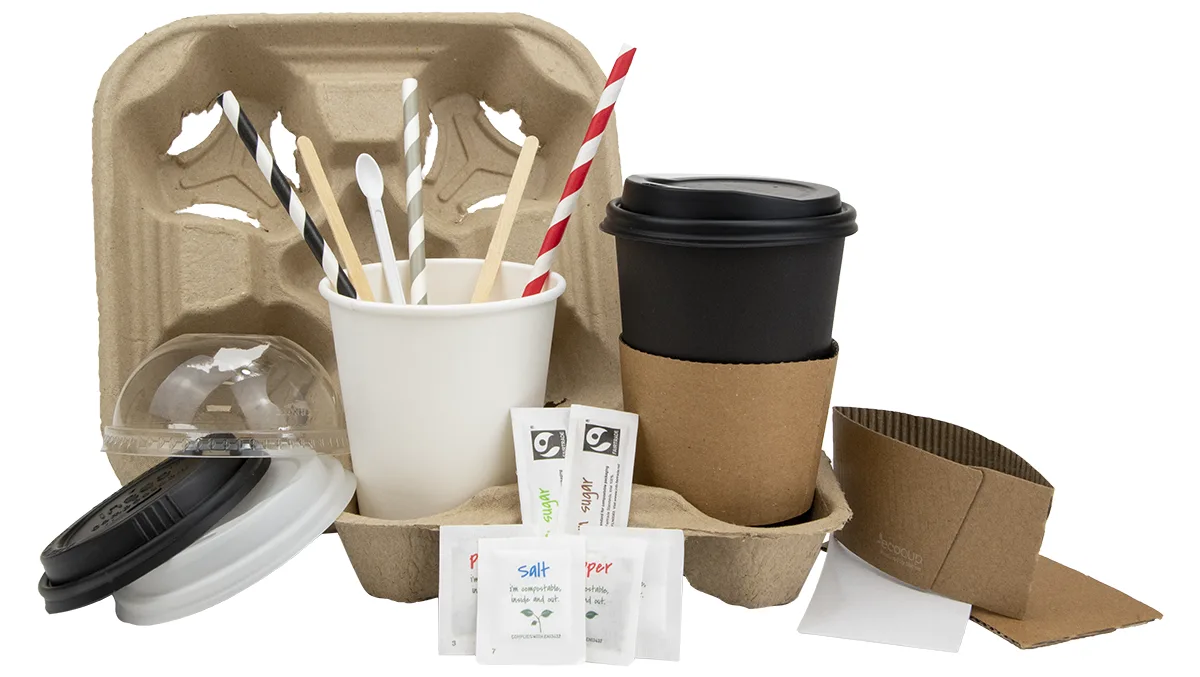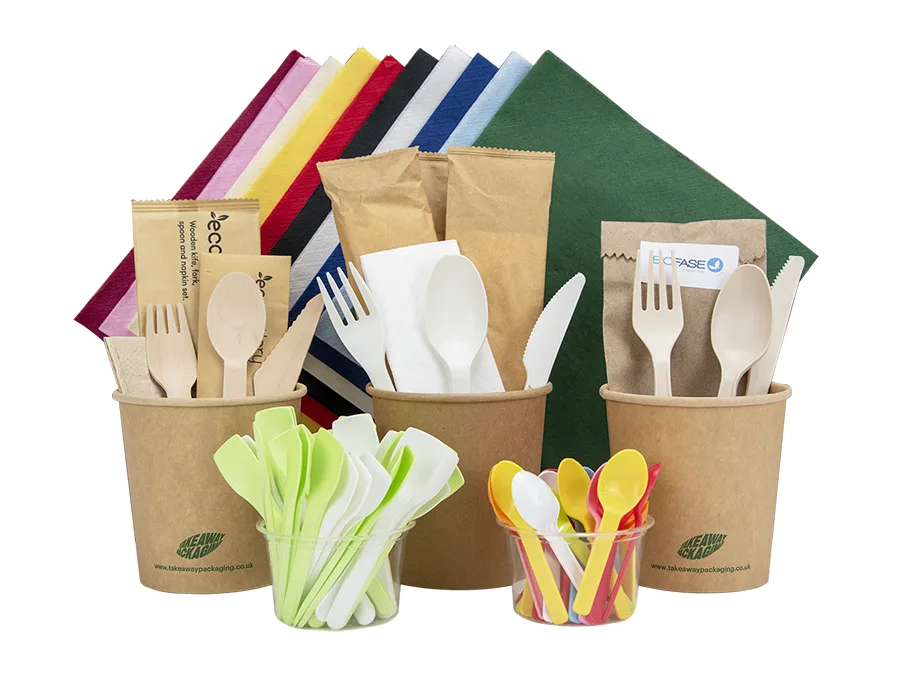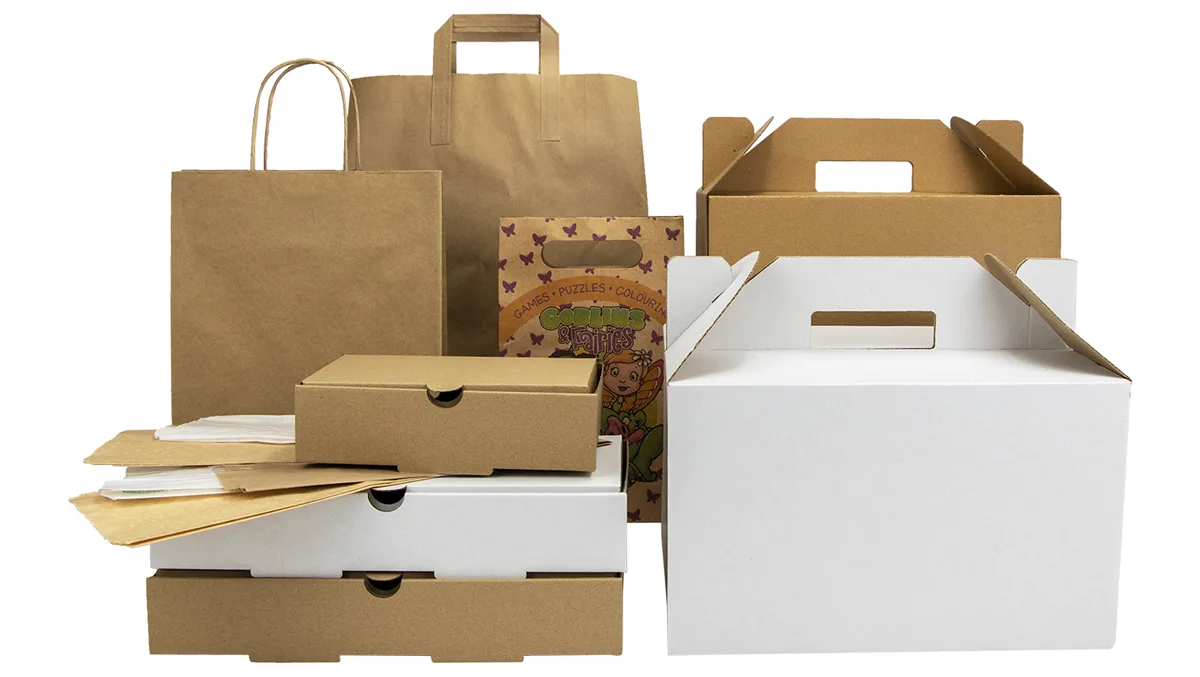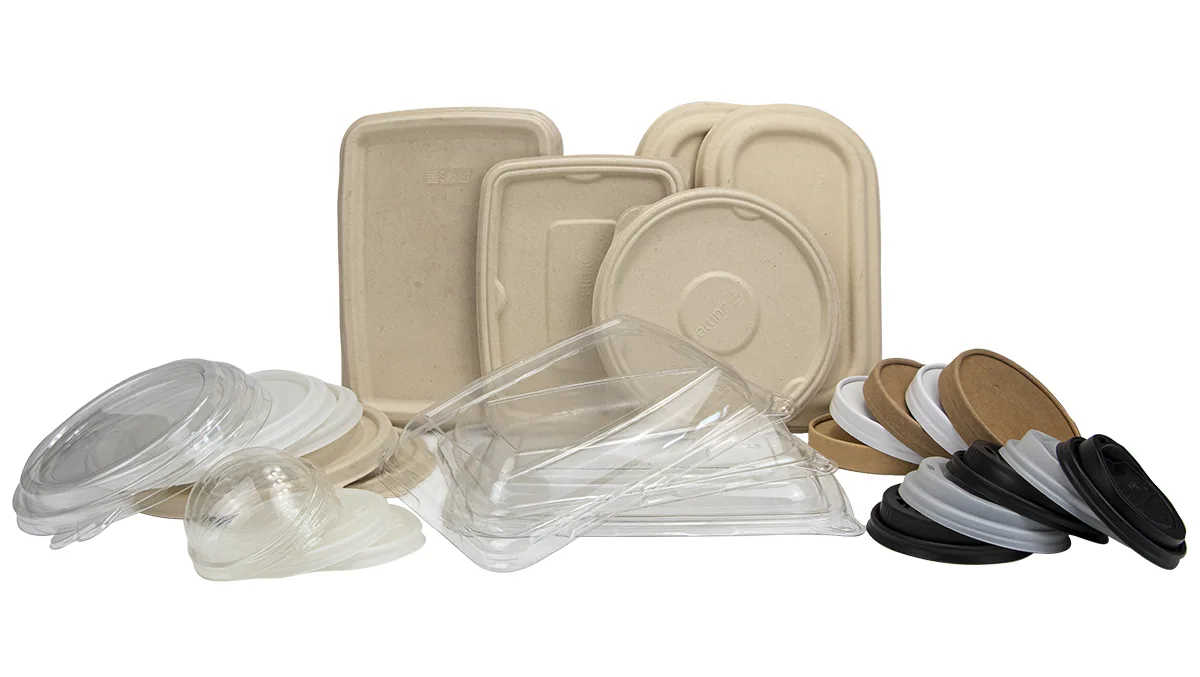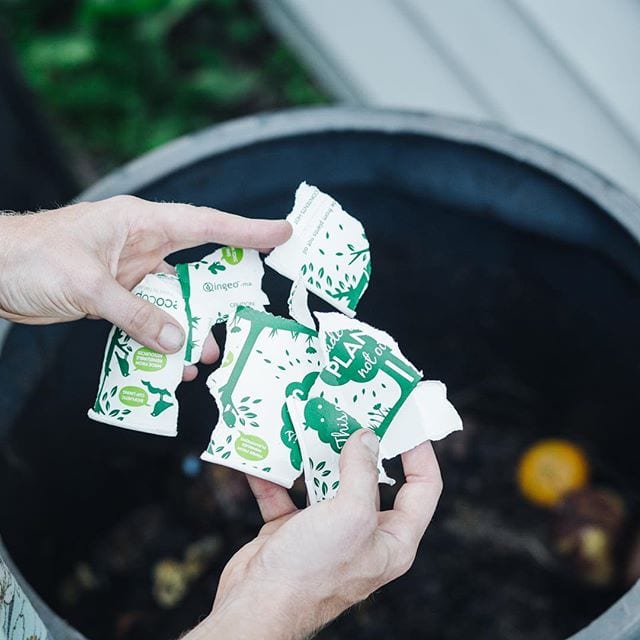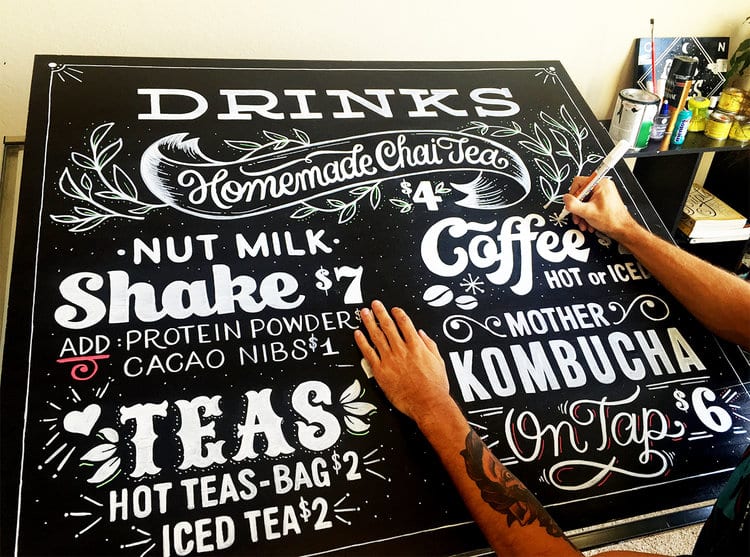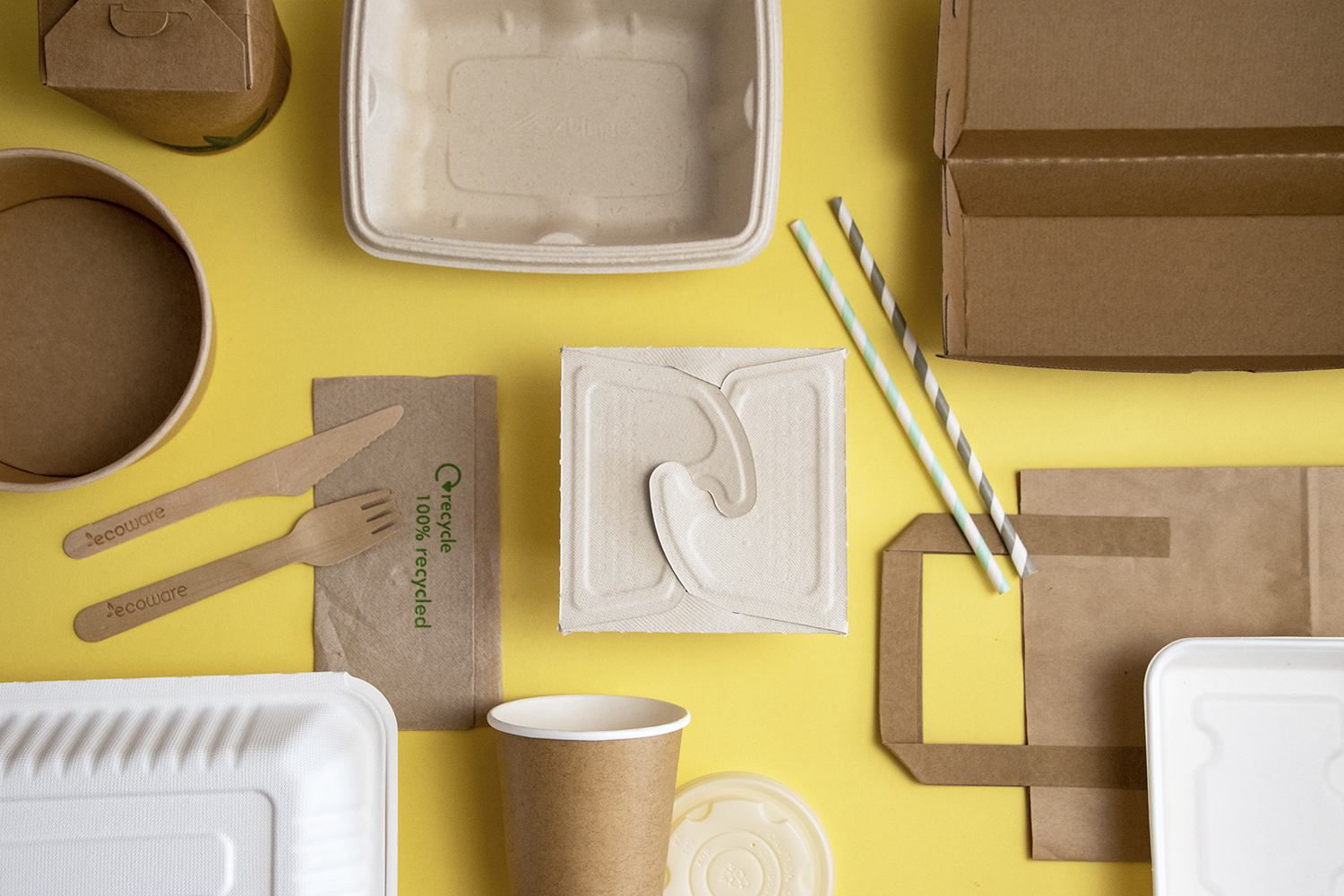Biodegradable is an environmental buzzword that we’ve all come to know and love — but very few of us actually understand what it means.
We harp on about how our products are recyclable, compostable and biodegradable all over our online shop. But what’s the use of buying something biodegradable, if you don’t understand the benefits? More importantly, what will stop you from choosing the non-biodegradable alternative if you don’t understand the serious impact it can have on our planet?
Don’t just take our word for it — read this blog post to get clued up on what biodegradable and non-biodegradable mean. We’ve even slotted in some examples.
What’s Meant by the Term “Biodegradable”?
Let’s get to the good stuff first.
Even those with no knowledge of what biodegradable means will still have the idea that it means something “good” or “better” than non-biodegradable.
Here’s a Simple Definition of What Biodegradable Means:
If something is biodegradable, it means that it will decompose completely, resulting in no long-lasting waste.
In short, it poses zero threat to the environment because a biodegradable item is made from natural materials and can quite literally become part of “the environment” by not ending up in a landfill.
How to Tell The Difference Between Biodegradable and Nonbiodegradable
In essence, it’s quite simple to tell if something is biodegradable by imagining the end of its lifecycle.
This might not be something that you usually do when buying an item, but thinking about a product’s lifecycle — whether it’s good or bad — will help you to understand the impact of your consumption.
If you’re still feeling a little uncertain about the practical implications of this term, the next section will show you some real-life examples.
Examples of Biodegradable Stuff
Obviously Biodegradable Stuff
We don’t often use the term biodegradable to describe things that clearly biodegrade. In this blog post, we want to give this obviously biodegradable stuff its fair share of the spotlight as it makes the term much easier for us to understand.
– Food Waste — We know that food waste is biodegradable, or else we wouldn’t be willing to eat it. If you have banana skin or some leftover grapes, you don’t need to feel so bad about it from an environmental perspective because you know it will naturally break down as it rots.
– Natural Wood — So long as natural materials haven’t been tampered with — coated with chemicals or used within a product with nonbiodegradable aspects — they’re also an example of biodegradable items. If you have some wood that begins to rot, don’t panic — soon enough the whole thing will decompose.
Not so Obvious Biodegradable Stuff
Our takeaway packaging products are a great example of this — we know what you’re thinking, that’s a shameless plug — but they are. With packaging covering such a broad spectrum, different types of packaging can make vast differences in terms of their environmental impact.
Though we position ourselves as environmentally friendly packaging providers, you might not be sure of each of our product’s properties at a glance.
– Cutlery — We all remember those cheap, plastic knives and forks that snapped while you were in the middle of eating your chippy tea (plus, did we forget to mention that they’re truly terrible for the environment?) Well, those pesky pieces of cutlery are some of the less obvious environmentally friendly members of our biodegradable cutlery range. Both our bioplastic and wooden varieties will biodegrade.
– Food Containers — This is the biggest issue specifically when it comes to the impact of takeout food on the environment. There are so many types of containers, it’s difficult to know which you can trust. Swipe right on our Bagasse containers — positively biodegradable items made from sugar cane residue. Super sweet deal.
What’s the Environmental Impact of Non-Biodegradable Stuff?
Now we turn our attention to the bad guys.
Since we’ve spoken at length about the meaning of biodegradable, you can pretty much make an educated guess on what nonbiodegradable means — hint, it’s not good news.
Here’s a Simple Definition:
The Oxford Learner’s Dictionary beat us to it with this straightforward interpretation: “non-biodegradable cannot be changed to a harmless natural state by the action of bacteria, and may, therefore, damage the environment.”
Did we forget to tell you? That’s how biodegradable stuff works. When the item is left to decompose, it’s the bacteria that causes the decomposition process to begin.
Figuring out the Frauds
It’s easy to tell that a natural item — like fruit or wood — will decompose by its very nature.
What’s not so simple though, is deciding whether shop-bought items and man-made things will have this same property. Unfortunately, some companies claim that their products are biodegradable when in reality, they aren’t.
This issue arises when a manufacturer, company or sometimes customer gets the meaning of compostable and the meaning of biodegradable mixed up.
Compostable items decay and don’t need bacteria to decompose. Biodegradable items, on the other hand, do need bacteria. They need to have an outside source to affect the material for it to break down. Just like in a science class at school where you mixed two elements to create an outcome — the same logic applies here.
Examples of Non-Biodegradable Stuff
Obviously Non-Biodegradable Stuff
It’s common sense that items that get bad press — particularly concerning their environmental impact — are going to be non-biodegradable. You’ll be able to pick a few things from memory, but just in case you can’t, here are some examples:
– Plastic Bags — In the UK, plastic bags are now taxed to prevent people from buying them. If this doesn’t convince you how bad they are for the environment, we’ve written a whole blog post about why we should not use plastic bags anymore.
– Plastic Water Bottles — Along with soda bottles, these wasteful items are made from a certain type of plastic called PET. As we know, plastic never scores a great environmental rating, but this particular type can only be used once and is non-biodegradable. Ouch!
Not so Obvious Non-Biodegradable Stuff
This stuff is a little harder to spot. It sort of falls into the same category as the not-so-obvious biodegradable stuff — if both were in the middle section of a Venn Diagram.
– Things Labelled as Compostable — As we’ve mentioned, mistaking compostable items for being biodegradable is a common mistake. If you read through a website’s sales copy and you’re unsure of the properties of its products — either they only say compostable, or don’t give much supporting evidence to back up their claim of being biodegradable — you should assume it will be non-biodegradable. Legitimate companies will often disclose the source material for a truly biodegradable product.
– Our Coffee Cups — We’ll come right out and say, that our takeaway coffee cup product category is the only range that isn’t biodegradable (despite them being recyclable). Although we try to make bold disclaimers in our copy to be as transparent as possible, we still worry that customers will hastily buy these products without reading the fine print.
So, there you have it — the clear differences between biodegradable and nonbiodegradable products.
Now you know what these terms mean, the next time you buy an item you should do the following things:
– Think About Its Life Cycle — This practice will always help you to determine the item’s status on the biodegradable scale logically.
– Carefully Read the Product Copy — It’s true, sometimes brands create non-biodegradable products that seem okay on the surface (i.e. they’re either compostable or recyclable). Read the fine print and then ask yourself what it really means.
– Vet the Brand You’re Buying From — Brands don’t always get their facts right. So, unfortunately, this means part of the process is up to you. Vet the brand and take a look at their company ethos, available product information and history to determine whether their products are ethically sourced or cleverly disguised.
Go to our online shop to view all of our biodegradable products (and some rogue nonbiodegradable ones that slipped through the cracks). Remember, we always tell you up-front how we source our materials — and their properties.


